
 All Exhibitions
All Exhibitions
-
Audio Guide
-
Publications
Light explores how artists have, in every conceivable media, exploited the contrasts between light and dark found in nature and the built environment, opposed cool and warm colours, drawn on science and plumbed the depths of their imaginations in attempts to capture the transient effects and harness the emotional associations of light.
The exhibition begins with Tate’s historic British holdings and traces the theme of light across the breadth of the international collection. Light will feature some of the most renowned works in Tate’s collection, including John Constable’s Salisbury Cathedral from the Meadows 1831; JMW Turner’s pair of paintings Light and Colour (Goethe's Theory) 1843 and Shade and Darkness 1843; John Martin’s The Destruction of Pompeii and Herculaneum 1822, William Holman Hunt’s The Awakening Conscience 1853; Claude Monet’s The Seine at Port-Villez 1894 and Wassily Kandinsky’s Swinging 1925. Contemporary interventions by artists such as Dan Flavin, James Turrell, Anish Kapoor, Tacita Dean, Olafur Eliasson, Bridget Riley and Yayoi Kusama among others, feature within the exhibition’s broadly chronological narrative, demonstrating how an interest in the qualities of light connects great artists from across the centuries and around the world.
The transmission and dissemination of light dictate how we perceive space, with the power to create atmosphere and affect our emotions. These qualities of light, and their potentially phenomenal effects, have been a subject of humankind’s scientific and creative investigations for centuries. Light follows artistic attempts to capture, and sometimes manipulate, the intangible effects of light over the past 200 years.
From the Romantic painters’ mastery of light and shadow and the impressionists’ direct painting of light as subject, to experimental photography in the early twentieth century and more contemporary immersive light environments where light becomes the medium, this wide-ranging exhibition has been conceived to unfold across an entire floor of this light-filled and generously proportioned building designed by Ateliers Jean Nouvel. We hope this inaugural Light exhibition will bring joy and brightness to our Shanghai audience during the pandemic.
On the first floor there will be a related exhibition focussing on the Pre-Raphaelite masterpiece Ophelia 1851-2 by Sir John Everett Millais, one of Tate’s best-loved paintings.
About TATE
Tate holds the national collection of British art from 1500 to the present day and international modern and contemporary art. British art is represented by artists chosen for their contribution to its history and development, rather than their nationality alone. The collection continues to expand its holdings of modern and contemporary art from around the world.
Tate has long been engaged with Chinese art and artists, including through the Tate Research Centre: Asia (2012-19), the Asia Pacific Acquisitions Committee (since 2007) and collegiate exchange between the British and Chinese cultural sector. Tate has also staged many exhibitions in China, including Landscapes of the Mind: Masterpieces from Tate Britain (1700-1980), Tate’s most visited exhibition: a survey of landscape painting at the Shanghai Museum in 2018, which toured to the National Art Museum of China (NAMOC) in Beijing and Hong Kong Museum of Art. A JMW Turner exhibition from Tate was also held at NAMOC in 2009. Tate has also staged exhibitions of Chinese art in the UK, including The Real Thing at Tate Liverpool in 2007.
As part of an initial three-year collaboration, Tate is providing Museum of Art Pudong with training and expertise in areas such as visitor services, operations, art handling and exhibition management, audience development, and learning. Light is the first in what is expected to be a longer-term programme of artistic exchange between the two museums.



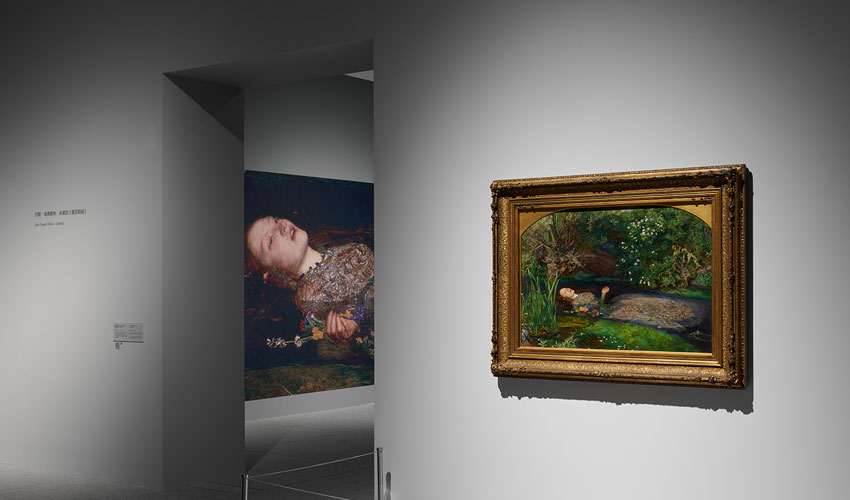
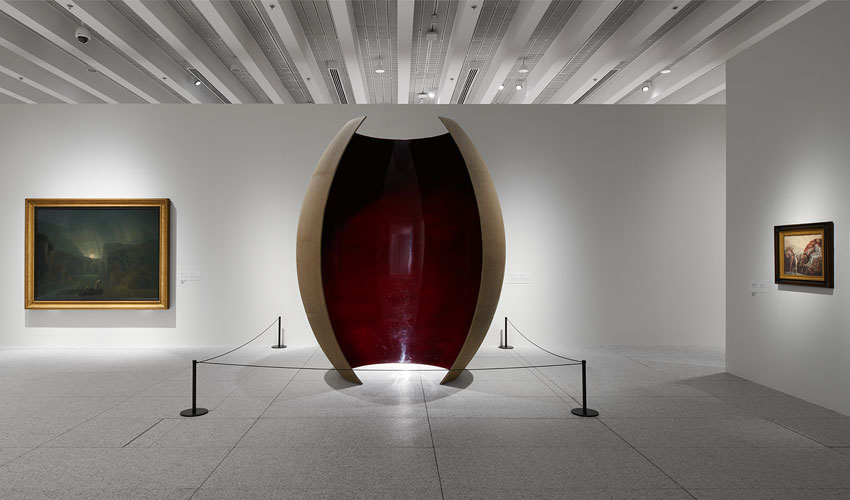
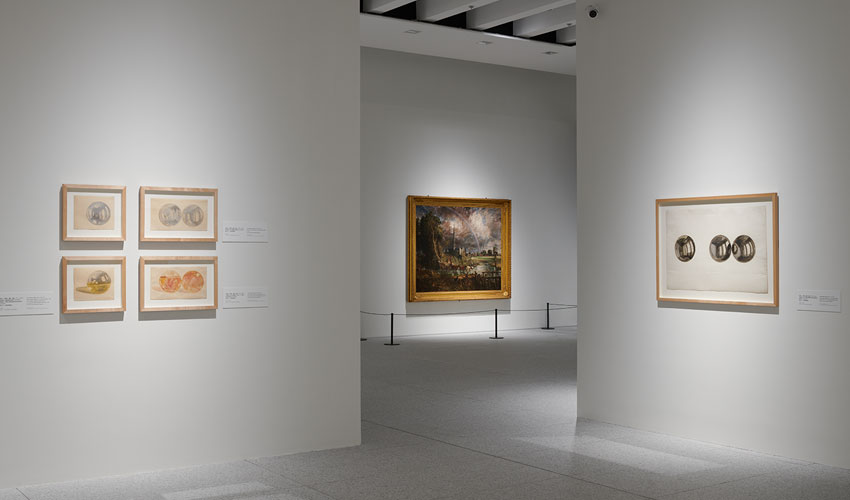



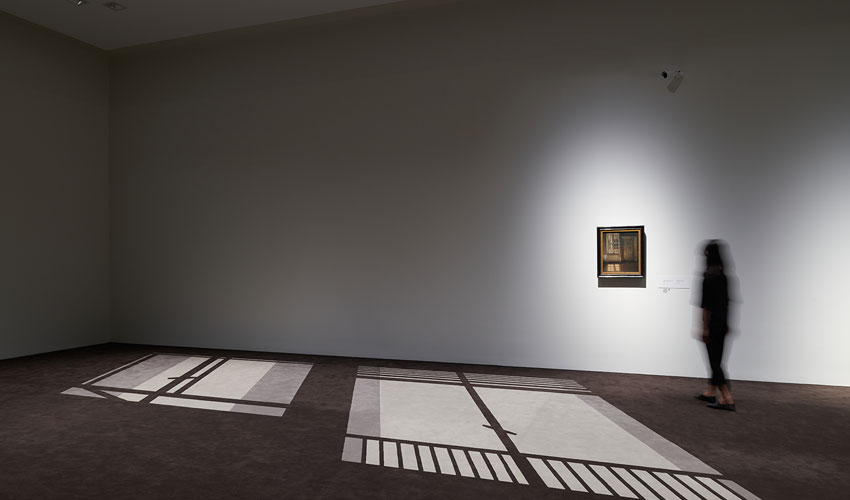
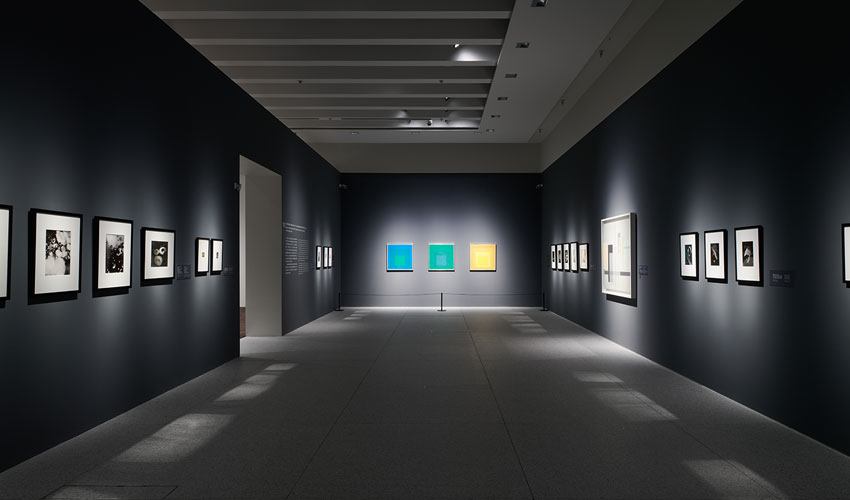
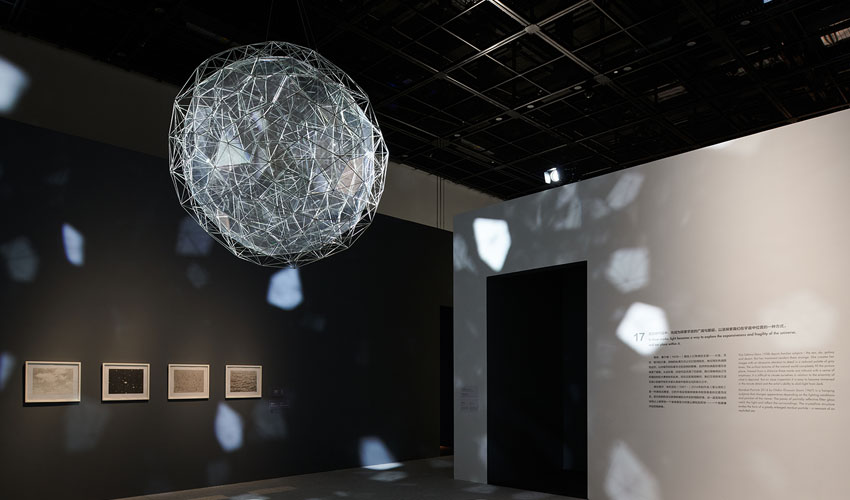


 沪公网安备 31011502017932号
沪公网安备 31011502017932号


